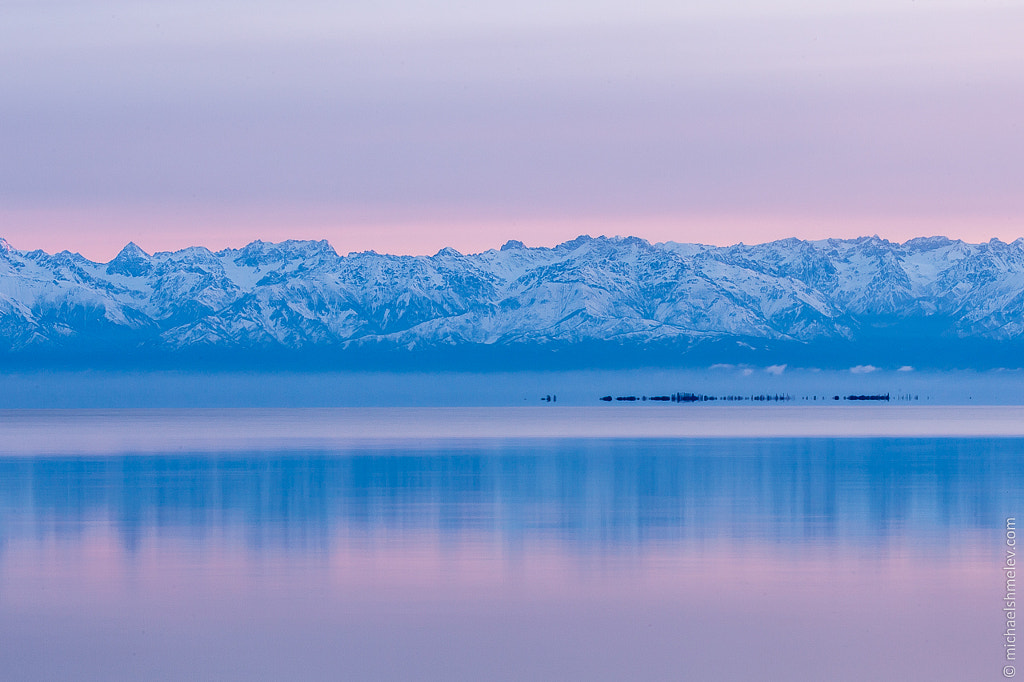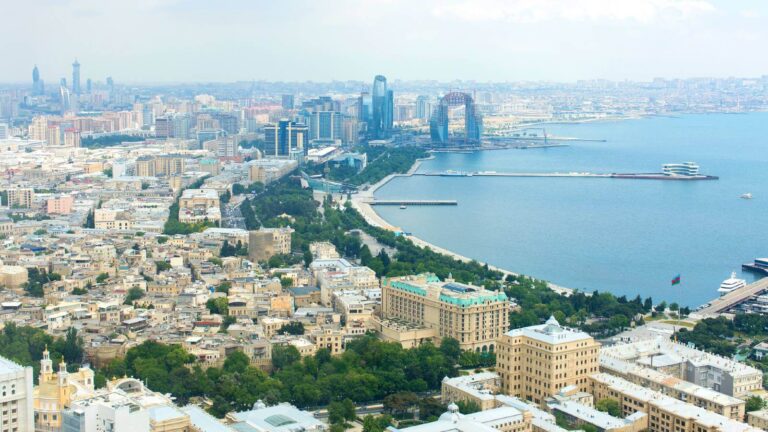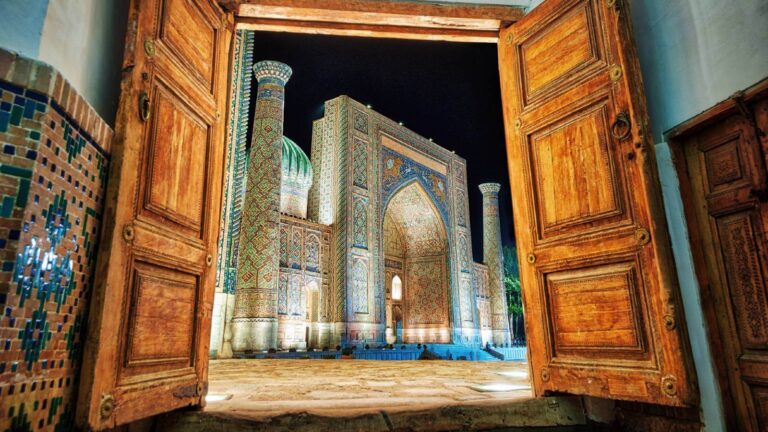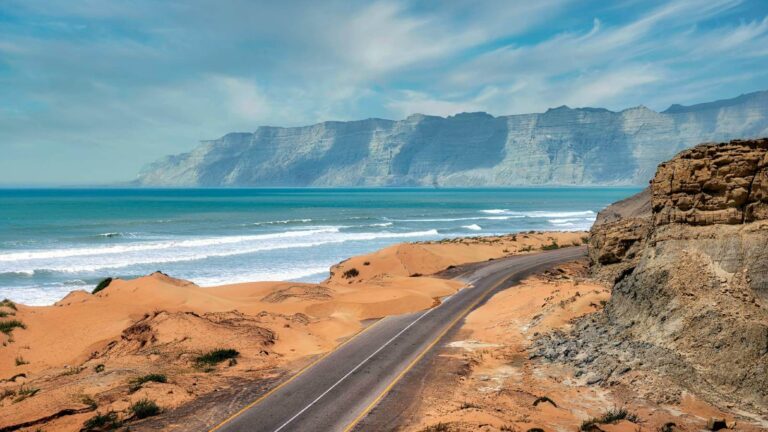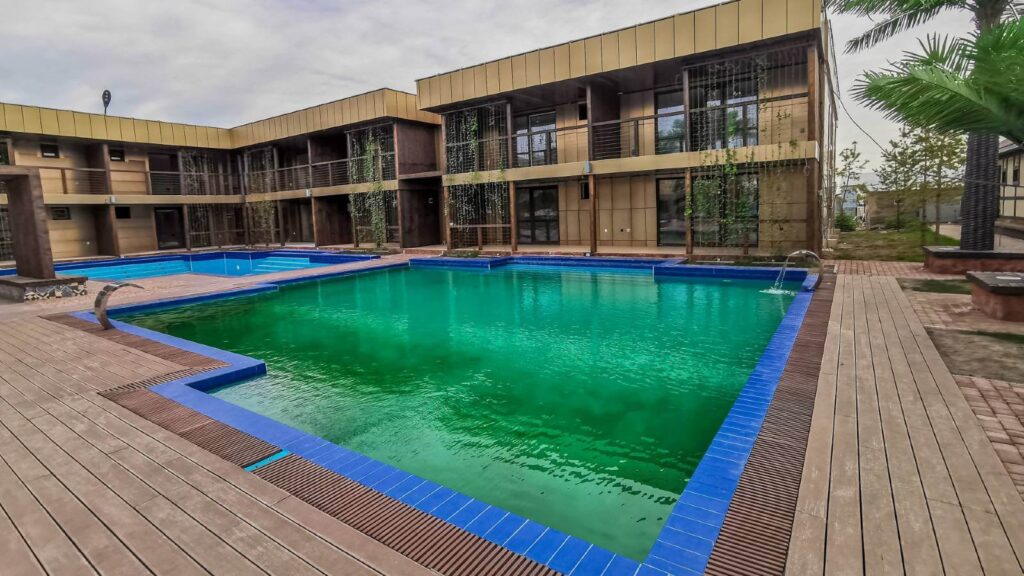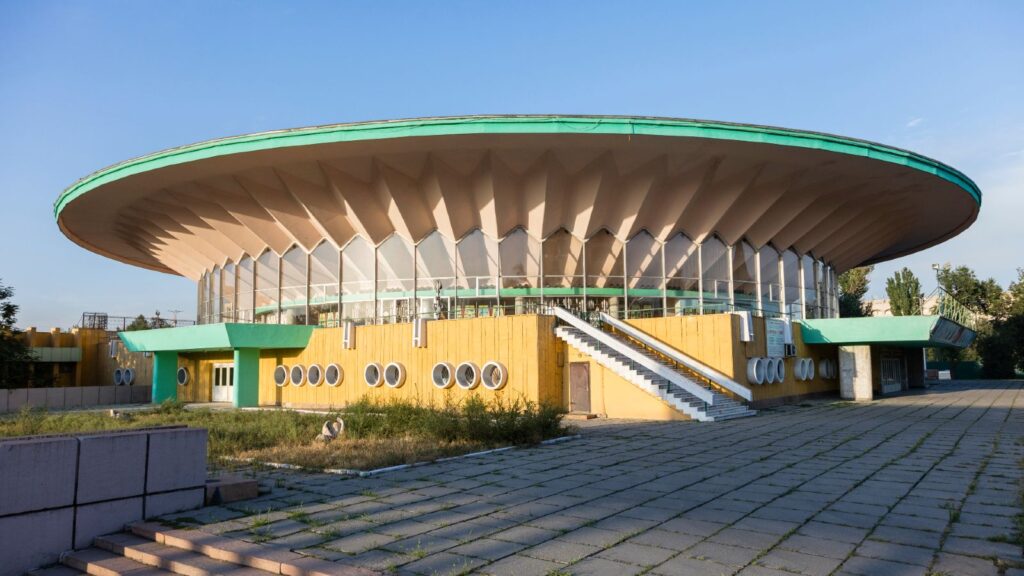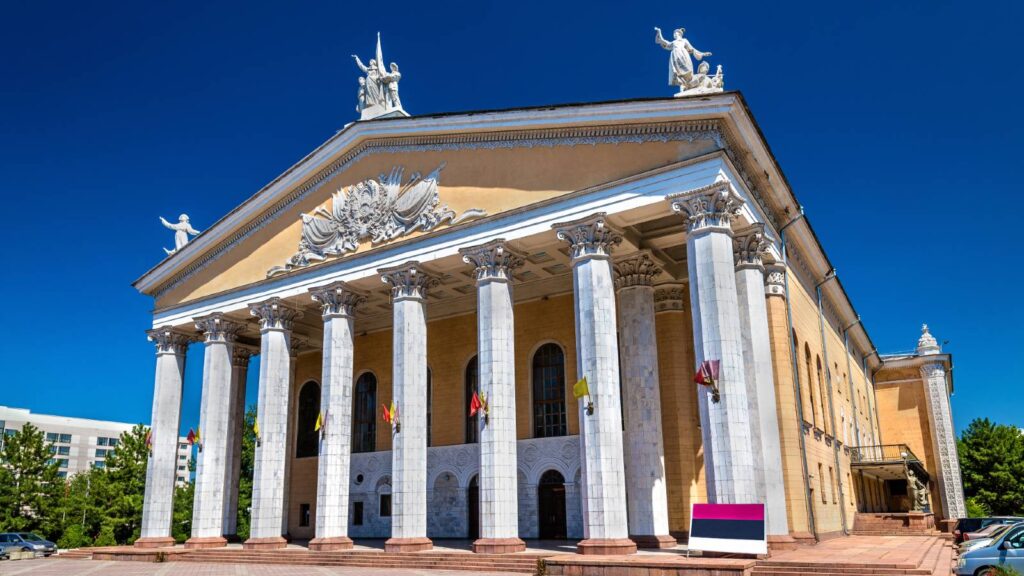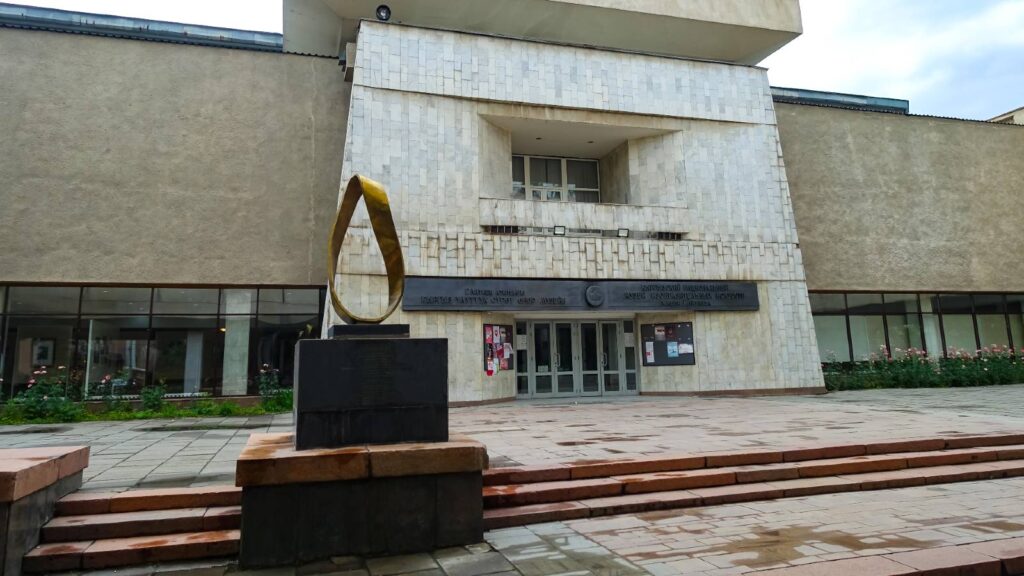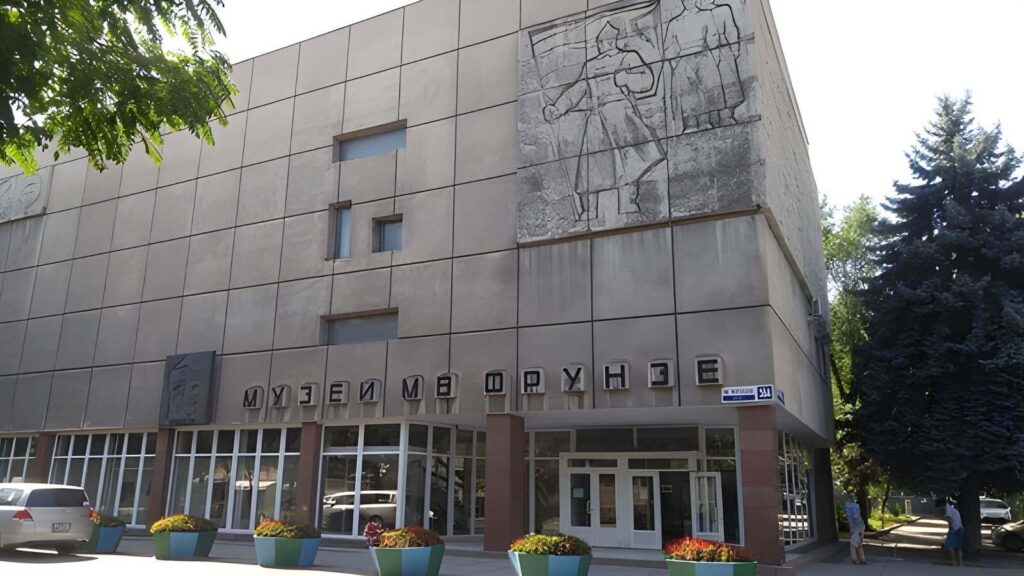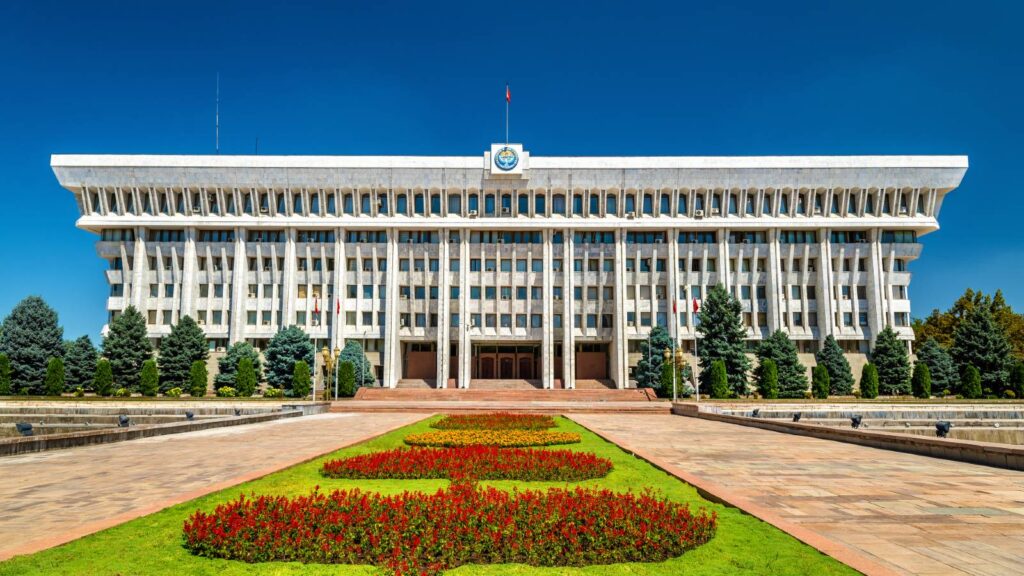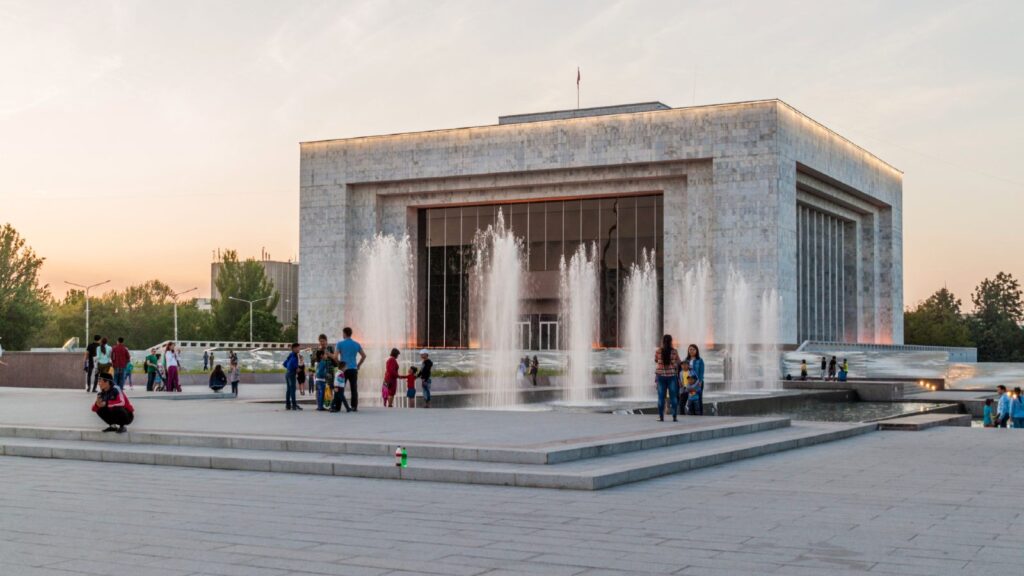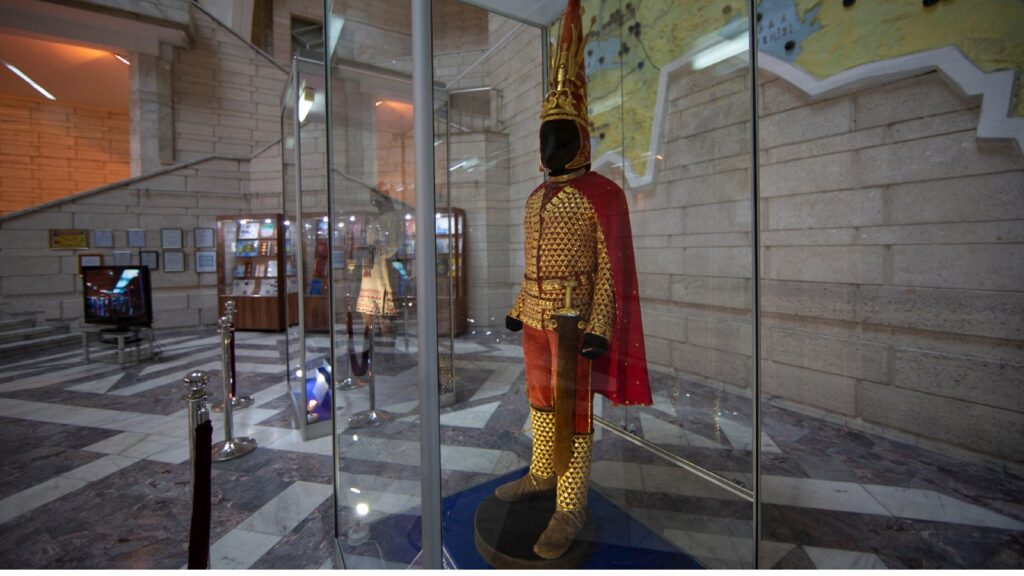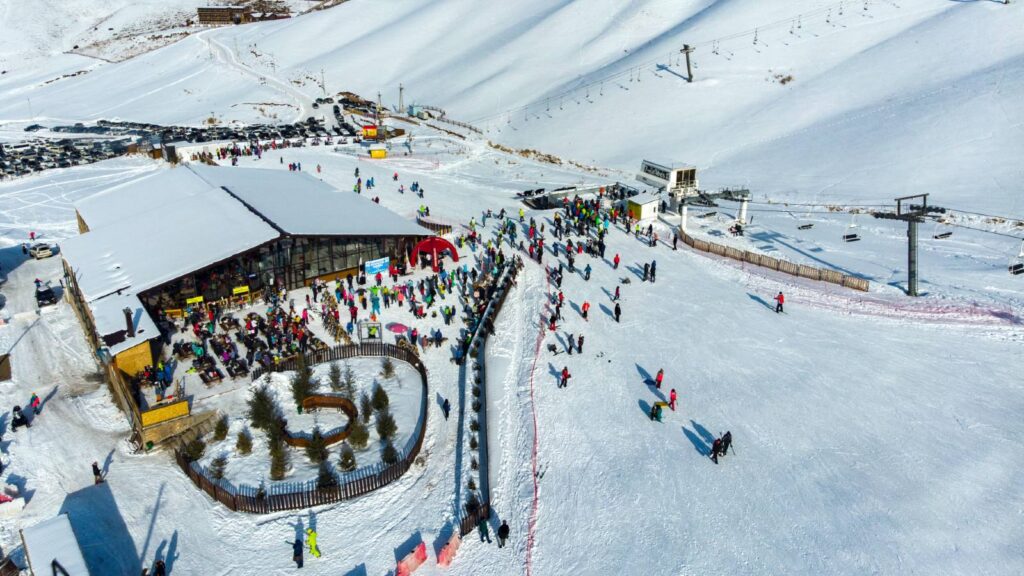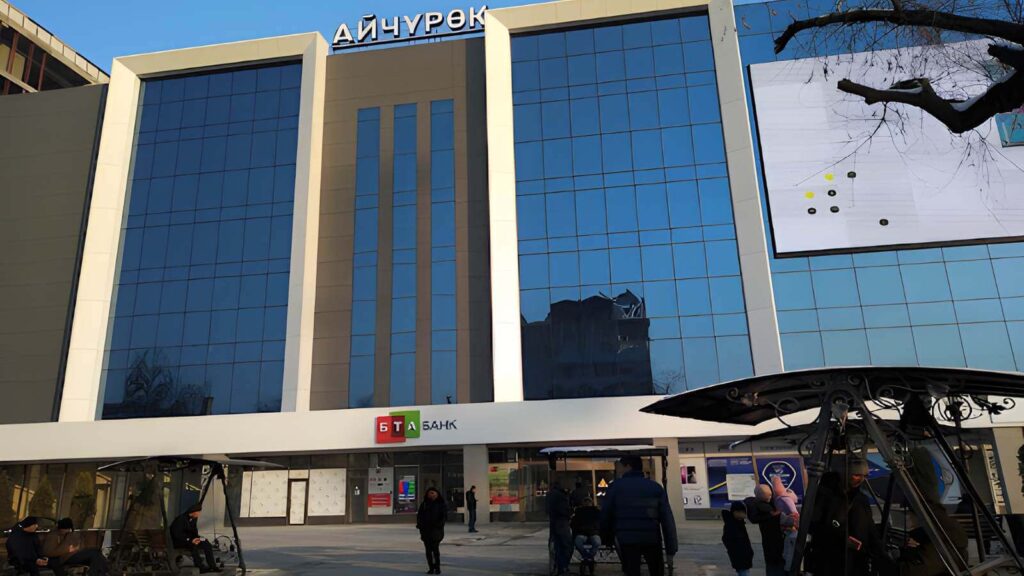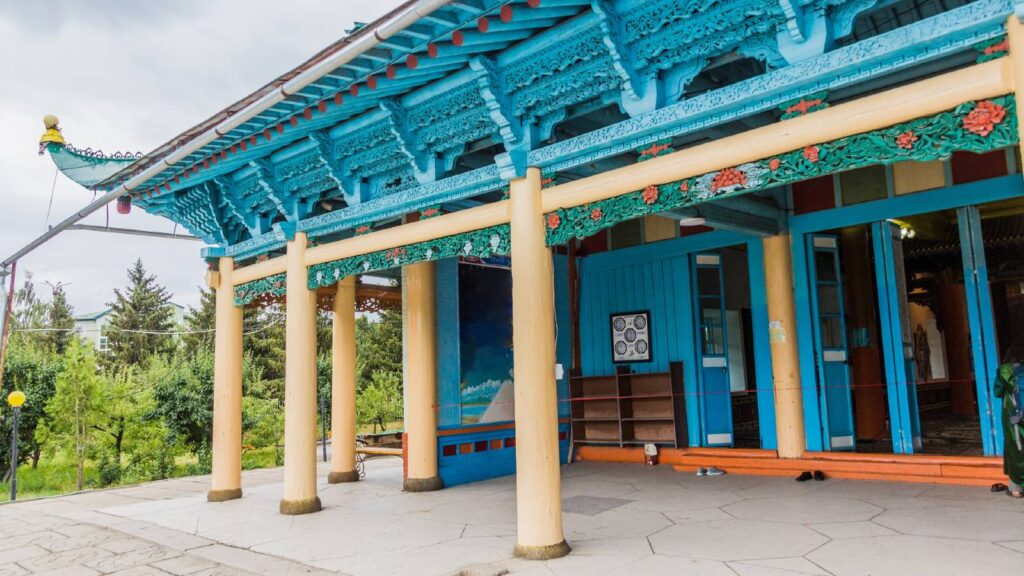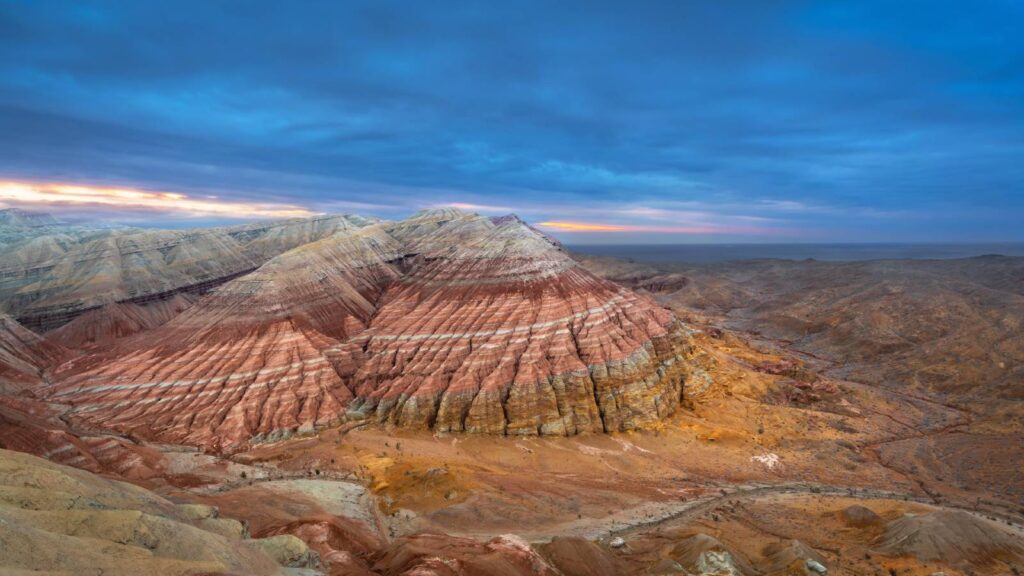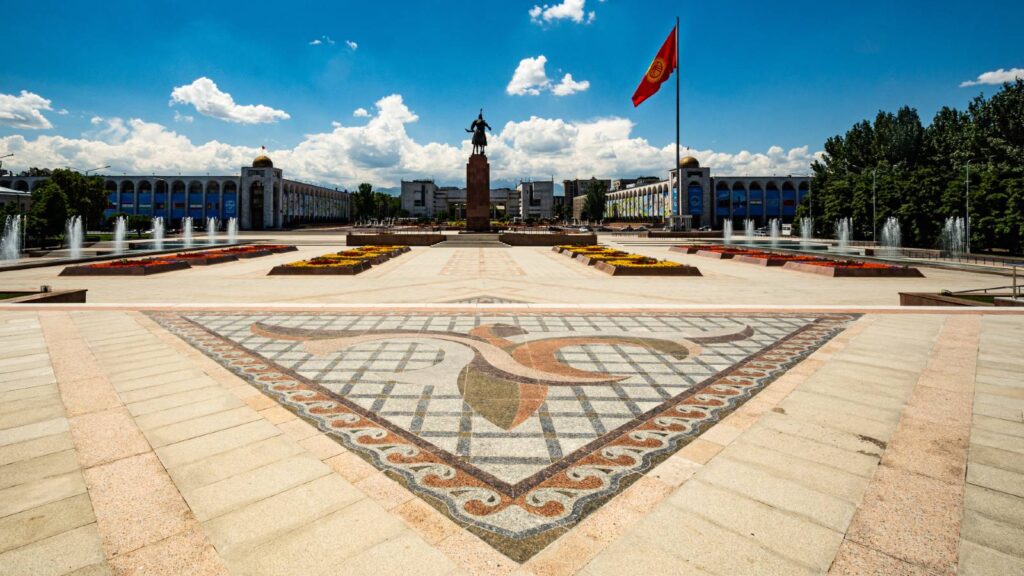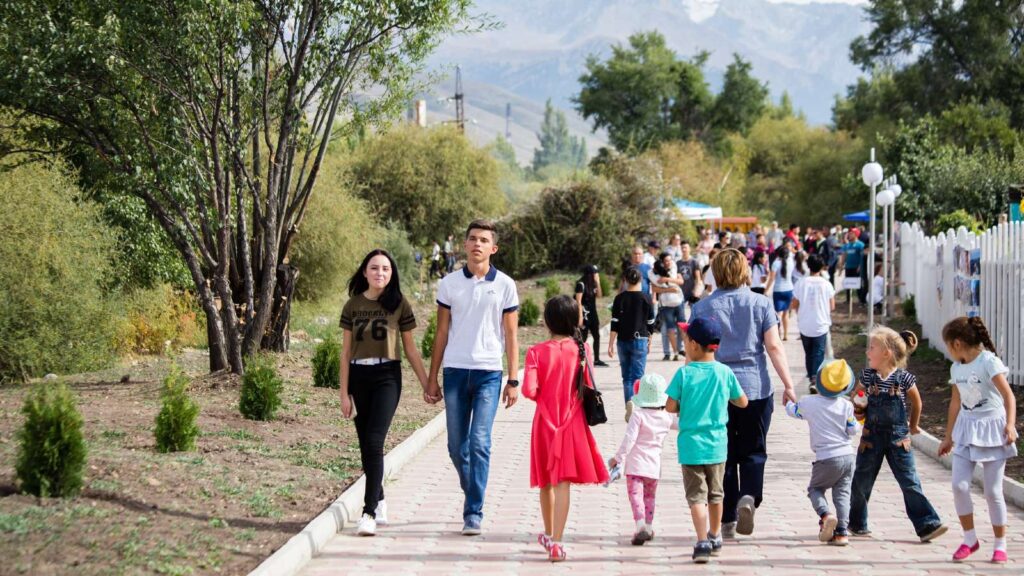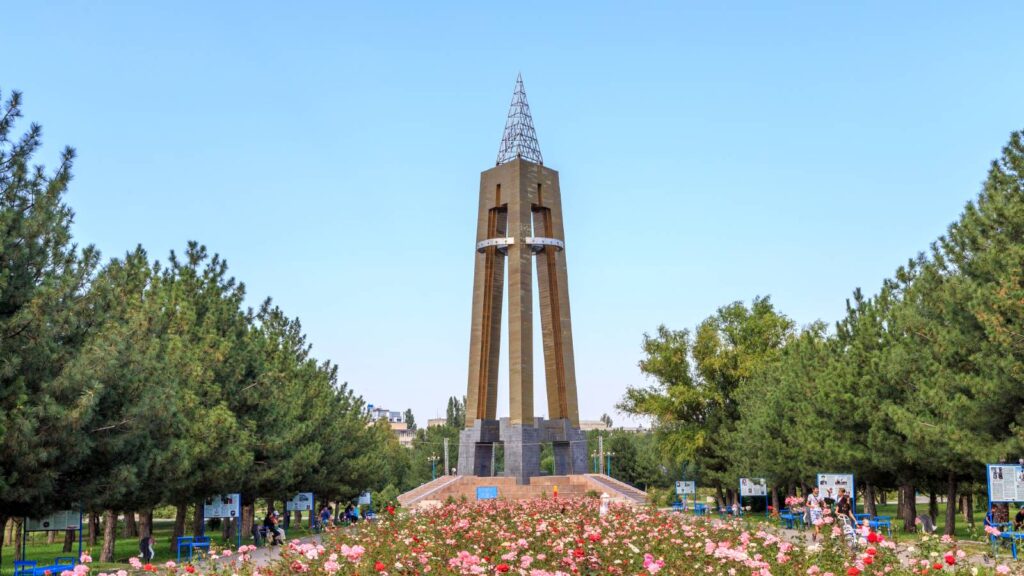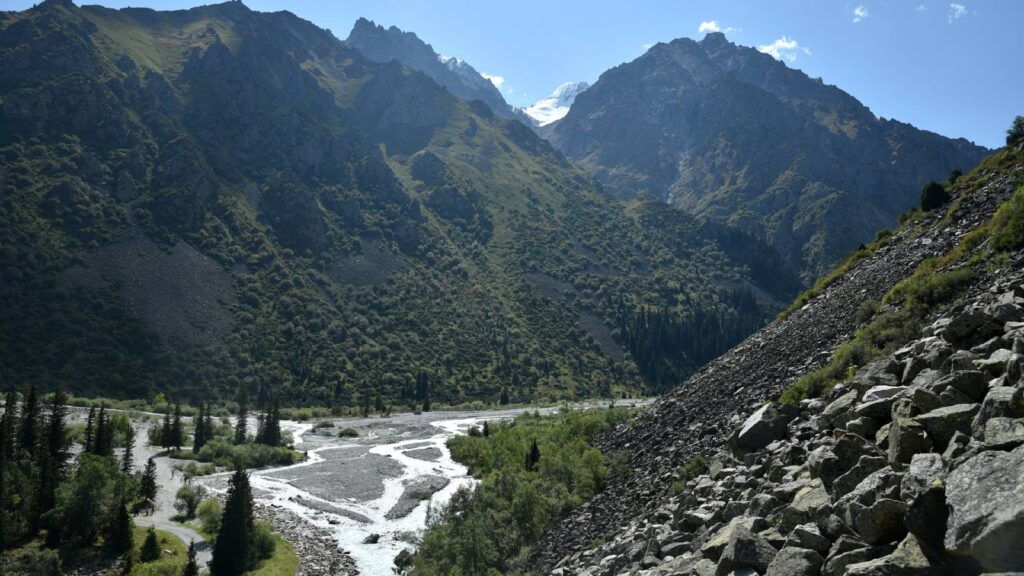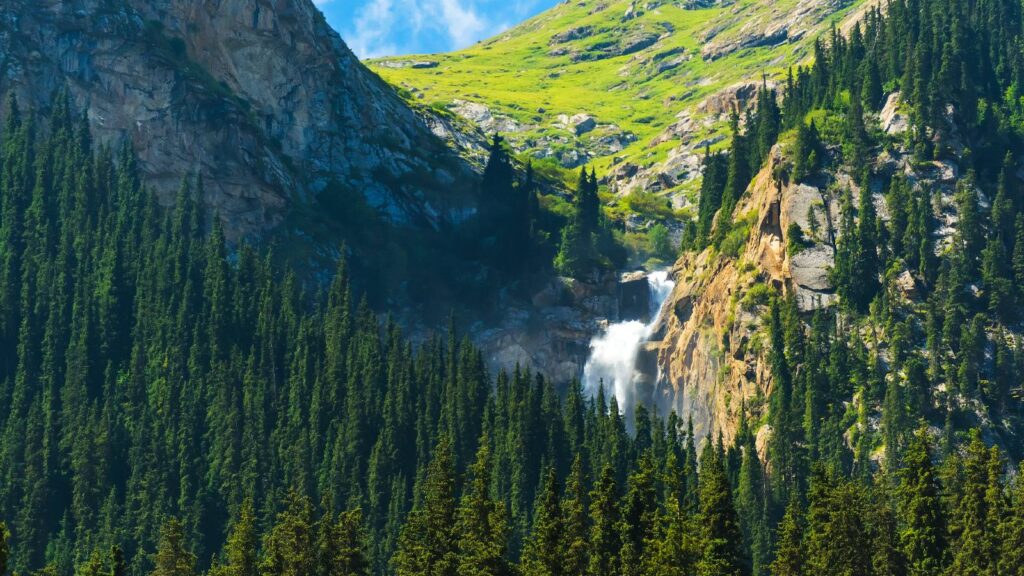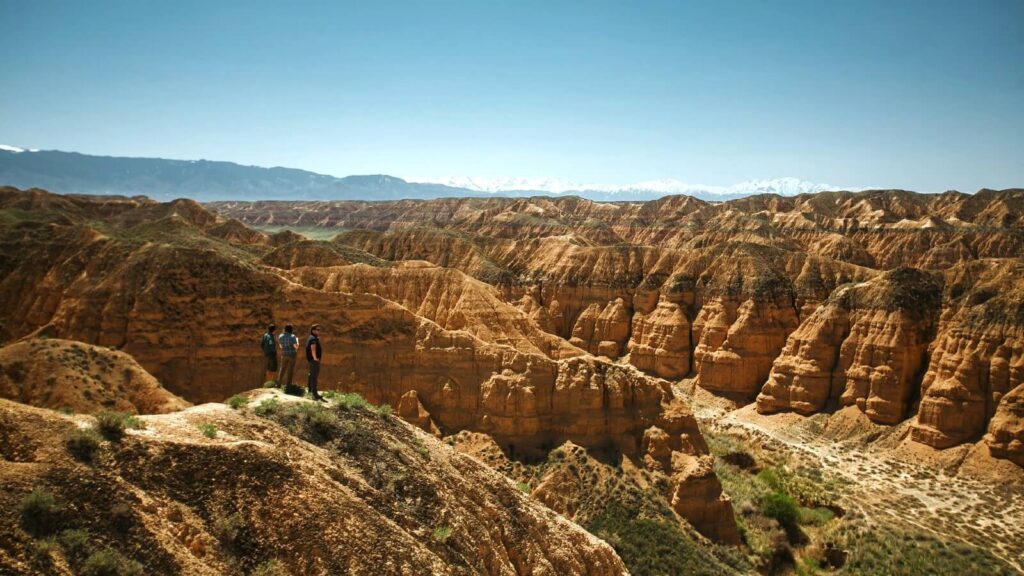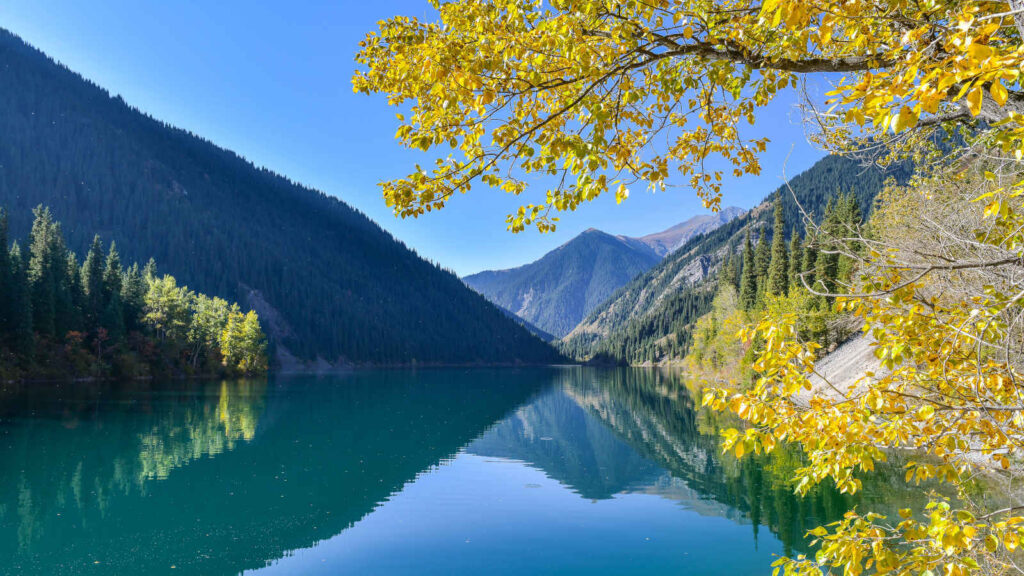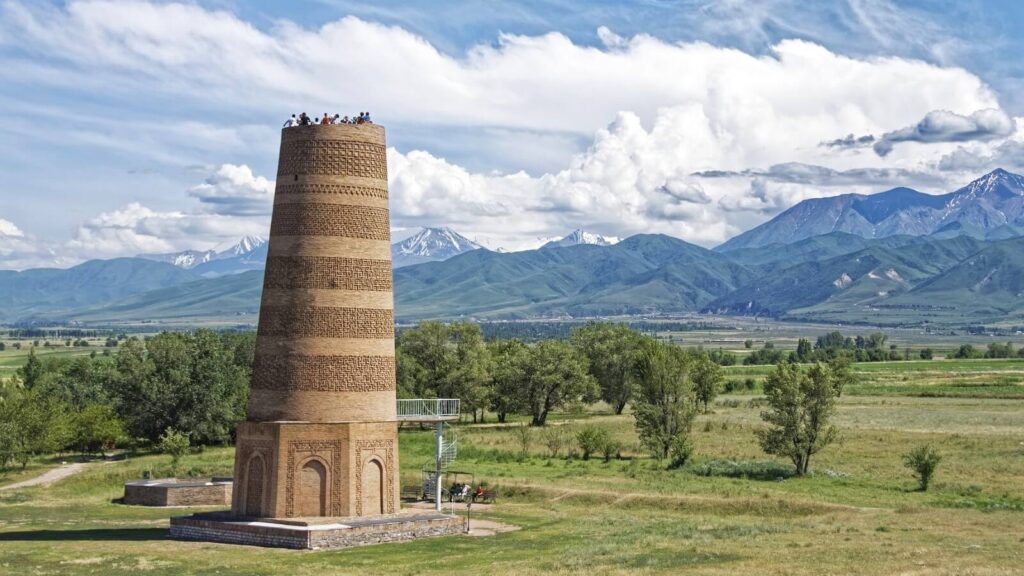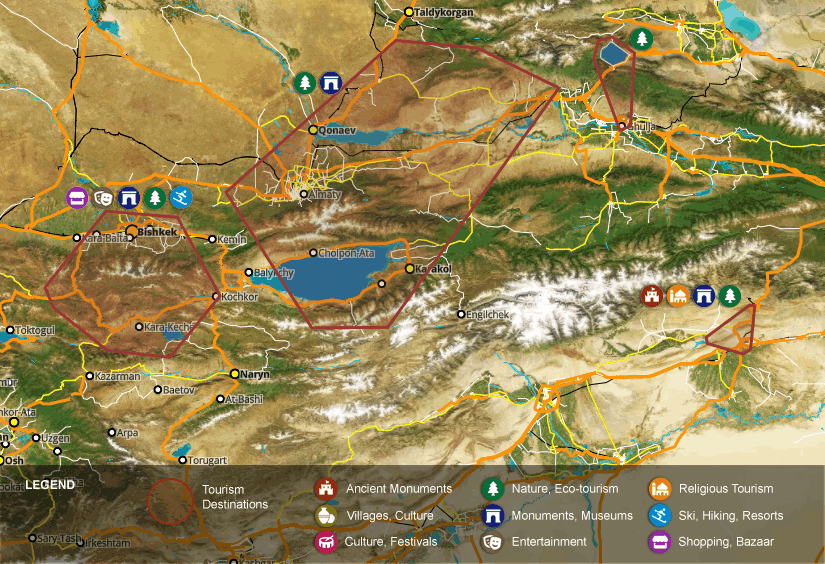
Across the Border Kyrgyz Republic - Kazakhstan
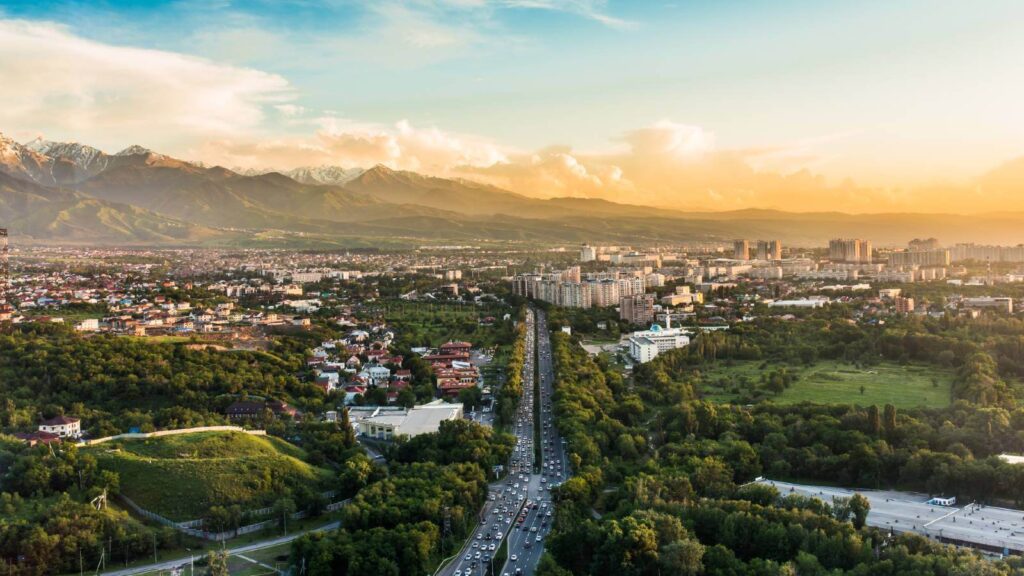
Bishkek City and Area
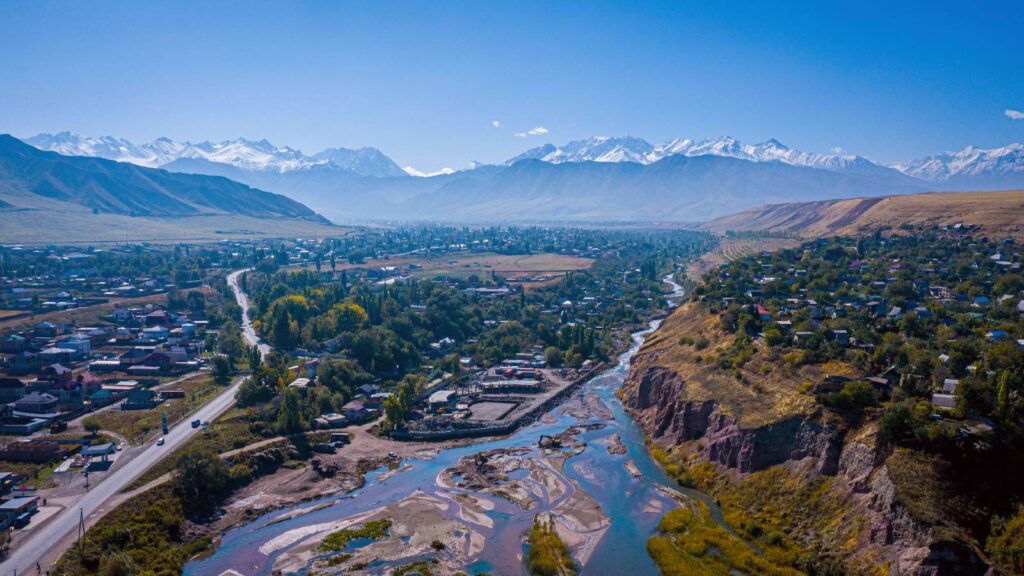
Ili Kazakh Autonomous Prefecture and Sayram Lake, XUAR Region
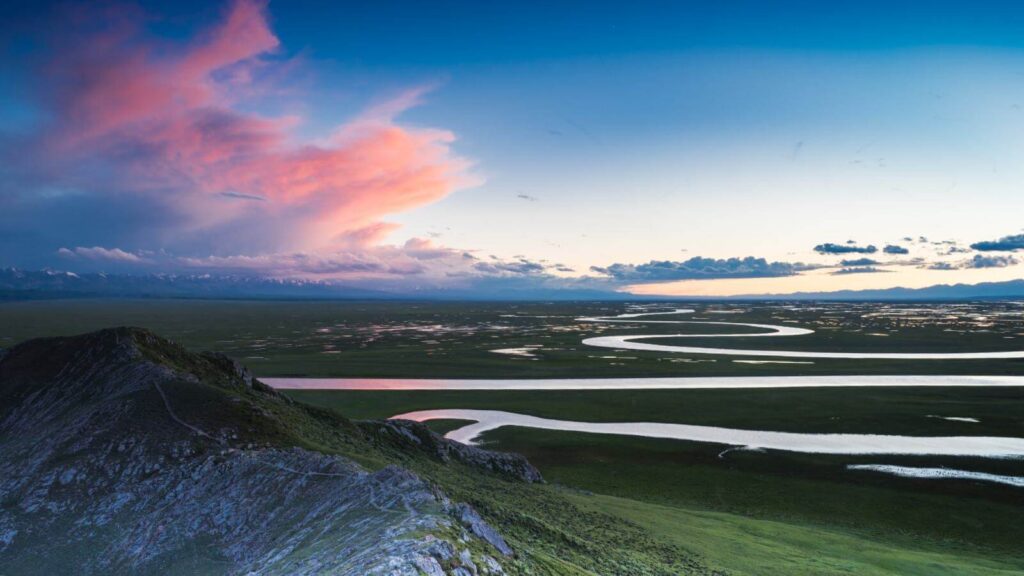
Kuqa City Area, XUAR Region
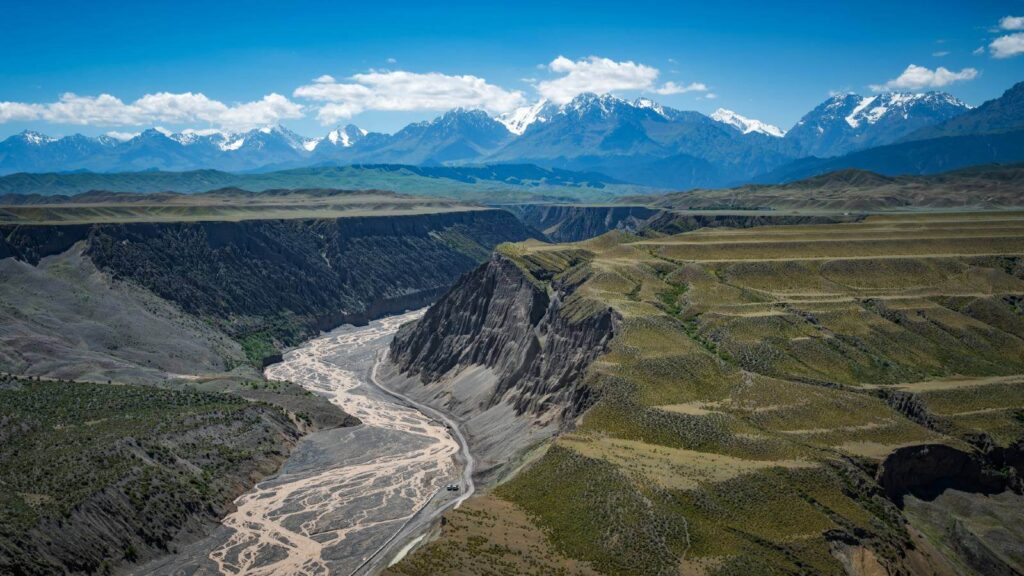
History and Culture
The Tian Shan is part of the Himalayan belt, created 250 million years ago when the Indian and Eurasian plates collided. The geology dictated where people settled, routes along which the Silk Road developed, and it influenced religious beliefs: Khan Tengri (King of Heaven) is the name of an almost 7,000m high peak, but also the supreme deity of Tengrism.
The earliest settlements around Almaty and Issyk Kul, plus the introduction of farming, date from the Bronze Age. Semi-nomadic tribes, the Saka and then Wusun, moved in from the Eurasian Steppe and Tarim Basin from 700 BC. The giant burial mounds they left behind have yielded all manner of treasures, including the so-called Golden Man from Issyk Kurgan.
The Silk Road passed by Issyk Kul, which is described in the writings of the 7th century Chinese Buddhist scholar and monk, Xuanzang. There was a significant Sogdian city nearby at Balasagun, the ruins of which are now inscribed as a UNESCO World Heritage Site.
Modern urban development in the area began in the 19th century when Russians founded Almaty and Bishkek. The construction of the Turkestan–Siberian Railway in the 1920s connected both cities physically to other parts of the Soviet Union, which Kazakhstan and Kyrgyzstan belonged to until their independence in 1991.
What to See and Do
Start your journey in either Bishkek or Almaty. These two regional hubs have good international and domestic transport connections, but are also fine cities in which to spend a few days learning about local culture. It is worthwhile visiting the Central State Museum (one of the oldest museums in Kazakhstan) or the State History Museum in Bishkek to learn historical and cultural context. Almaty’s Zenkov Cathedral is an impressive piece of painted wooden architecture constructed entirely without nails.
Don’t linger too long in the cities, though; there are far more exciting things to see. Take a daytrip to the appropriately named Big Almaty Lake for a hike and a picnic, or alternatively go horse riding around Barskoon Waterfall. Charyn Canyon National Park rivals the Grand Canyon in its scale and striking scenery, and it is well worth spending a few nights camping beneath the starry skies. You can also opt for a relaxing stay on the lake shore at one of Issyk Kul’s many resorts.
It is important to appreciate the region’s intangible cultural history, too. At the photogenic Dungan Mosque you can learn about the migration of Dungan Muslims to Karakol and admire the handiwork of the master stonemasons and carpenters. For a taste of contemporary culture, plan your visit to coincide with The Spirit of Tengry Festival which is a platform for Kazakh musicians and has an extensive handicrafts bazaar.
